DANUrB+ - HISTORY REVIVED: WATERMILLS OF ILOK, CROATIA
29-03-2022
When reading through the children’s book “Pero the Lumps Gang”, a group of pupils from the “Julija Benešića” Primary School in Ilok had a great idea for their research and topic regarding the DANUrB+ project, as the main protagonist in the book started to help his community by renovating the old mill, and the pupils, with the help of their teacher Ms. Maja Drinovac, started to think about their local heritage - the watermills on the Danube.

The primary goal of this activity was to develop children’s interest on traditional crafts and the way of life connected to the Danube River. Pupils asked themselves the following questions:
- What was the role of the watermills in the past?
- When were they built and from what materials?
- Has there been watermills in Ilok and where were they located?
- Can we make a replica and a map of the local watermills?
They started their interesting research and found out that in the region (city of Vukovar) there were a total of 66 watermills and not even one of them has been preserved. In their community there were 2 watermills, which were active until 1964 and the grandfather of one of the students revealed the story of how local people lived connected to their watermills - even when modern and electrical engines started to be used as an alternative to them, many people preferred for their grain to be milled in the watermill because of the special texture and taste.
The work of a miller is hard: the sacks of grain had to be emptied and provided to the grain mill in the right rhythm. The miller would feel the scent of the flour and rub it between his fingers. The skilful hands and refined nose would then analyse the obtained flour. The smelt of the grained flour is special, and the miller can feel its hardness and texture with his fingers. He can even distinguish the land on which the wheat grew – if it is black, banner, or clay! He would do a dozen of grinds a day. On the high-water level period a mill can produce up to 2.500kg of flour a day!
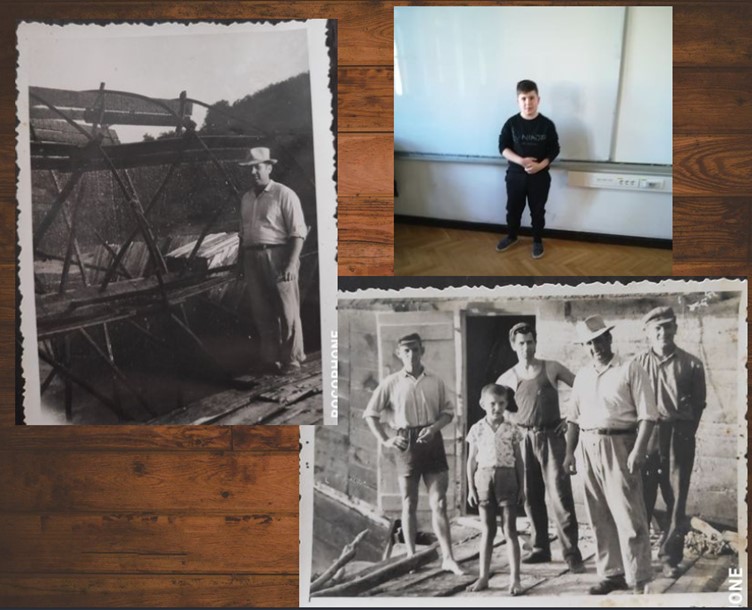
The pupils discovered different interesting facts by debating with their family members and visiting the local museum for more professional insight on the history of the watermills.
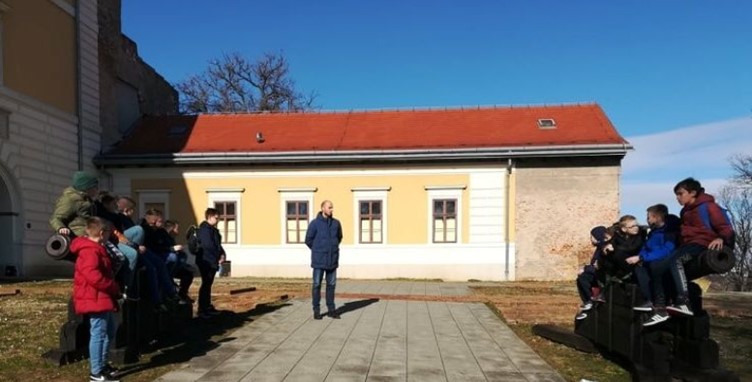
One interesting activity was to make a replica of the watermills with the help of their parents and grandparents. In this process they used all the information that they discovered so far.

As the final point on their project, the pupils developed 4 start-up companies to revive history around the vanished watermills. The first company, called the “Golden Ear of Danube”, will produce several types of flowers, and sell them as an ecological product. The second, “Restaurant Watermill”, will offer menu with all different traditional food of the region. The third, “Dunav Art”, will offer services in art and entertainment like school of tambourine, painting, knitting, and dancing. The last was “Watersport”, which combines children’s care services with sports on the river.
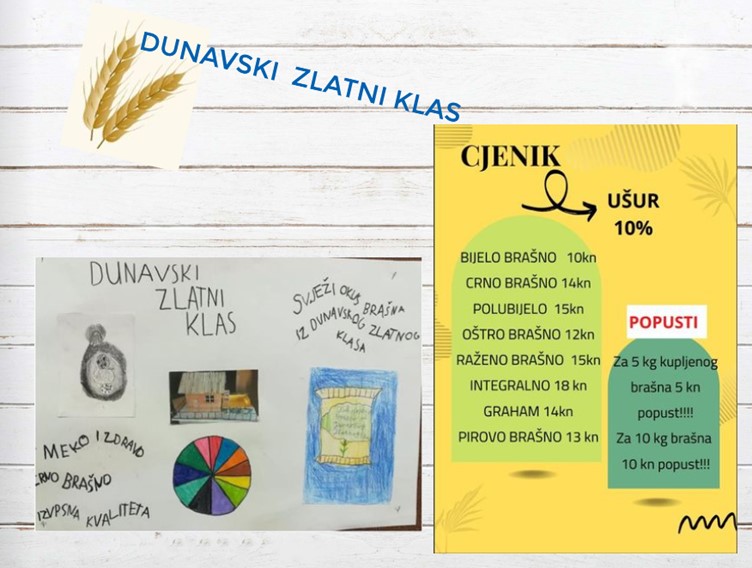
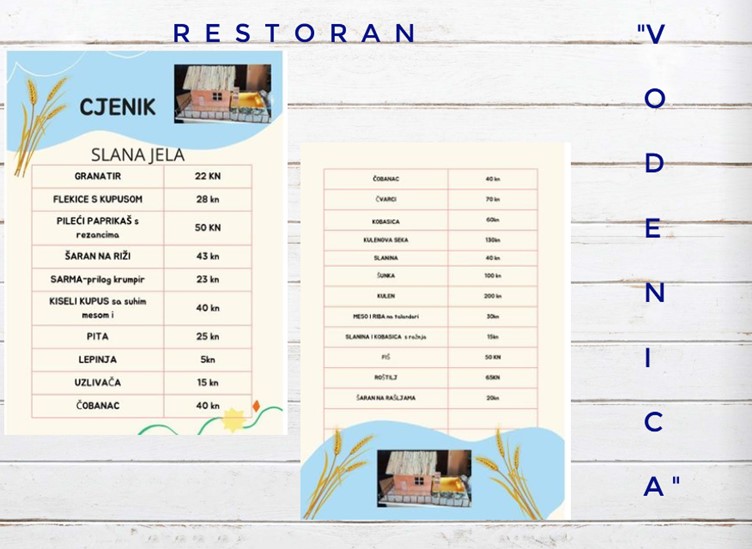

All this creative work of the pupils was presented in the local museum of Ilok during a formal presentation on March 1st, 2022, when the children also invited their parents.
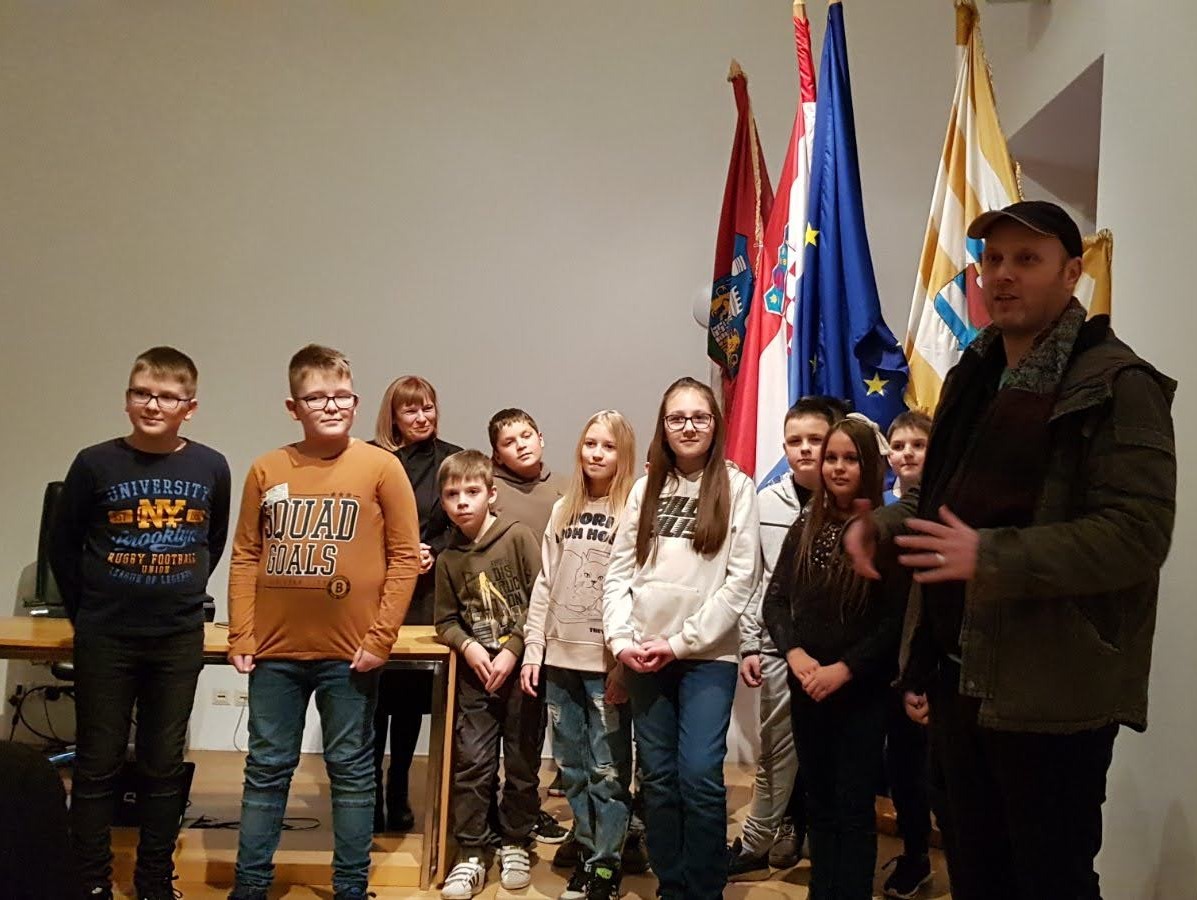

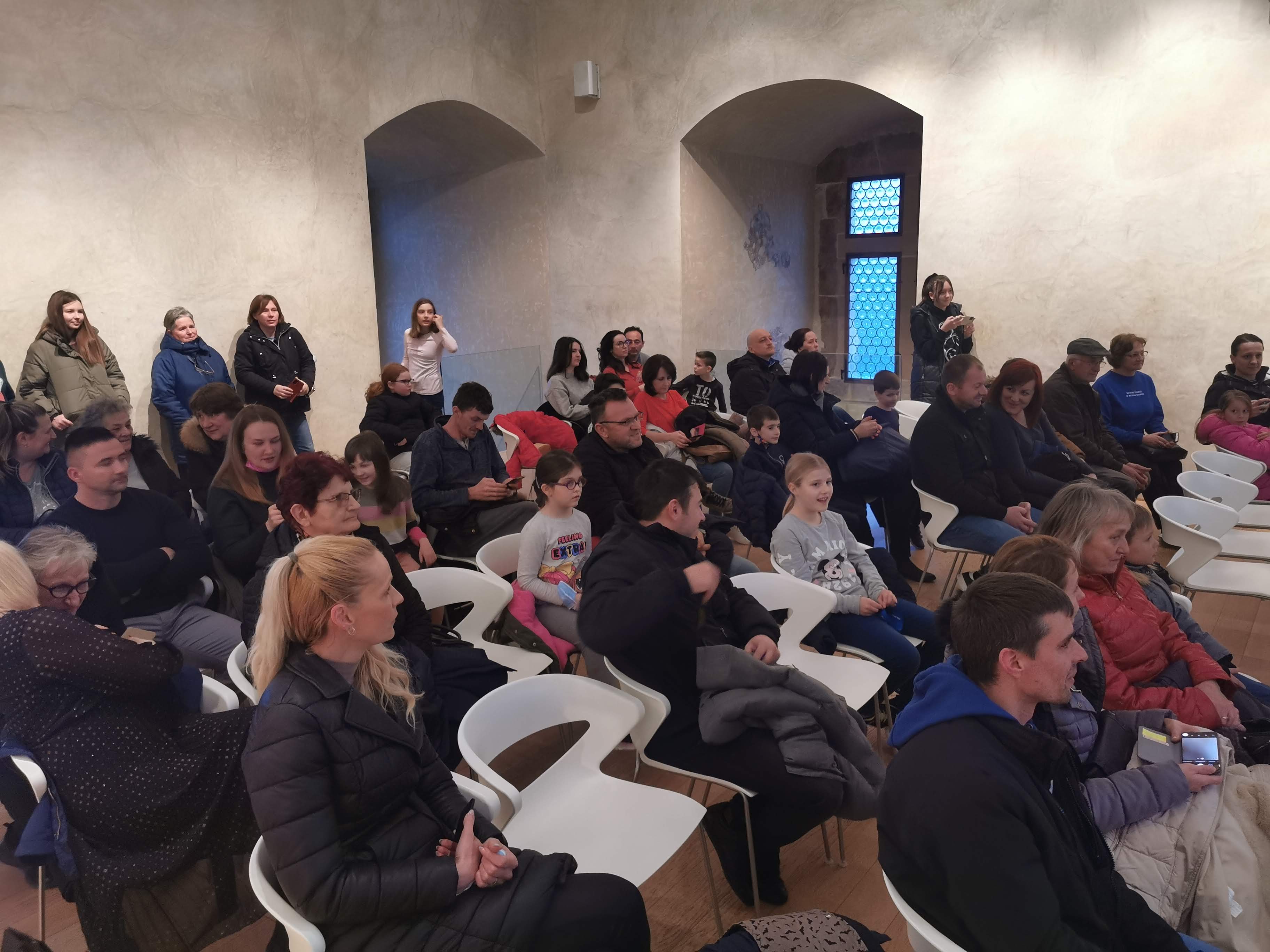
You can check the whole creative presentation (in Croatian) on the following link: https://read.bookcreator.com/tIkgV2M2wfYj6tPIiXGIEJCgUYb2/QgEG6X8NTrGq0VPD-pQhYQ
The overall goal of the educational program and activities in the scope of the DANUrB+ project is to raise awareness of cross cultural and local heritage values and to give prosperity options for future generations.
Focusing on the next generations as the owners and responsible of the heritage, development of the presented one and similar educational programs for children and young people is an important task, which would assist the preservation of cultural heritage. Giving the opportunities to youngsters to get familiar with their cultural treasures opens new possibilities for the future in areas like entrepreneurship, tourism, sustainable development and make community more cohesive and connected. We believe that the pupils from the “Julija Benešića” Primary School, with their work on the watermills of Ilok, made a great step in the right direction!

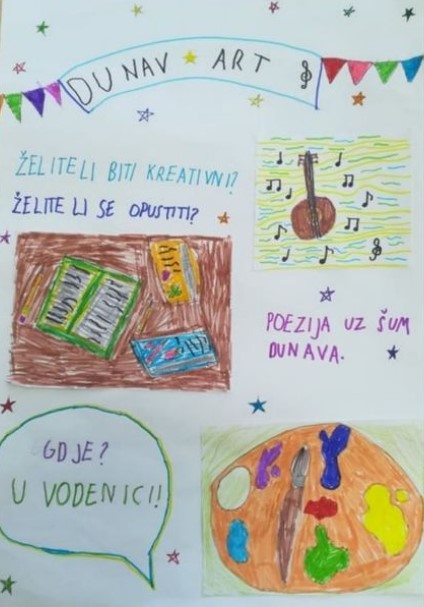
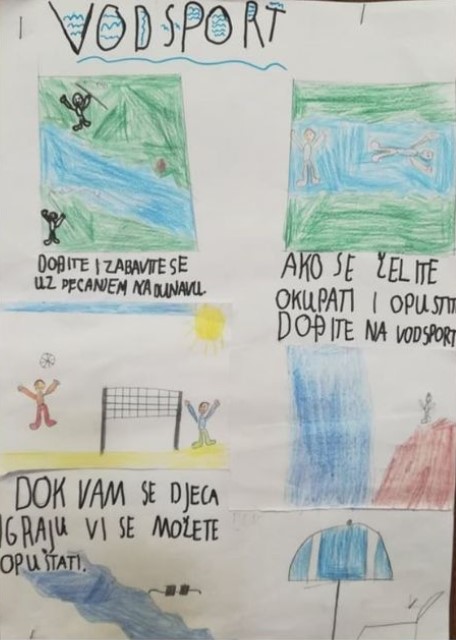
------------------------------------------------------------------------
Project co-funded by European Union funds (ERDF and IPA).
